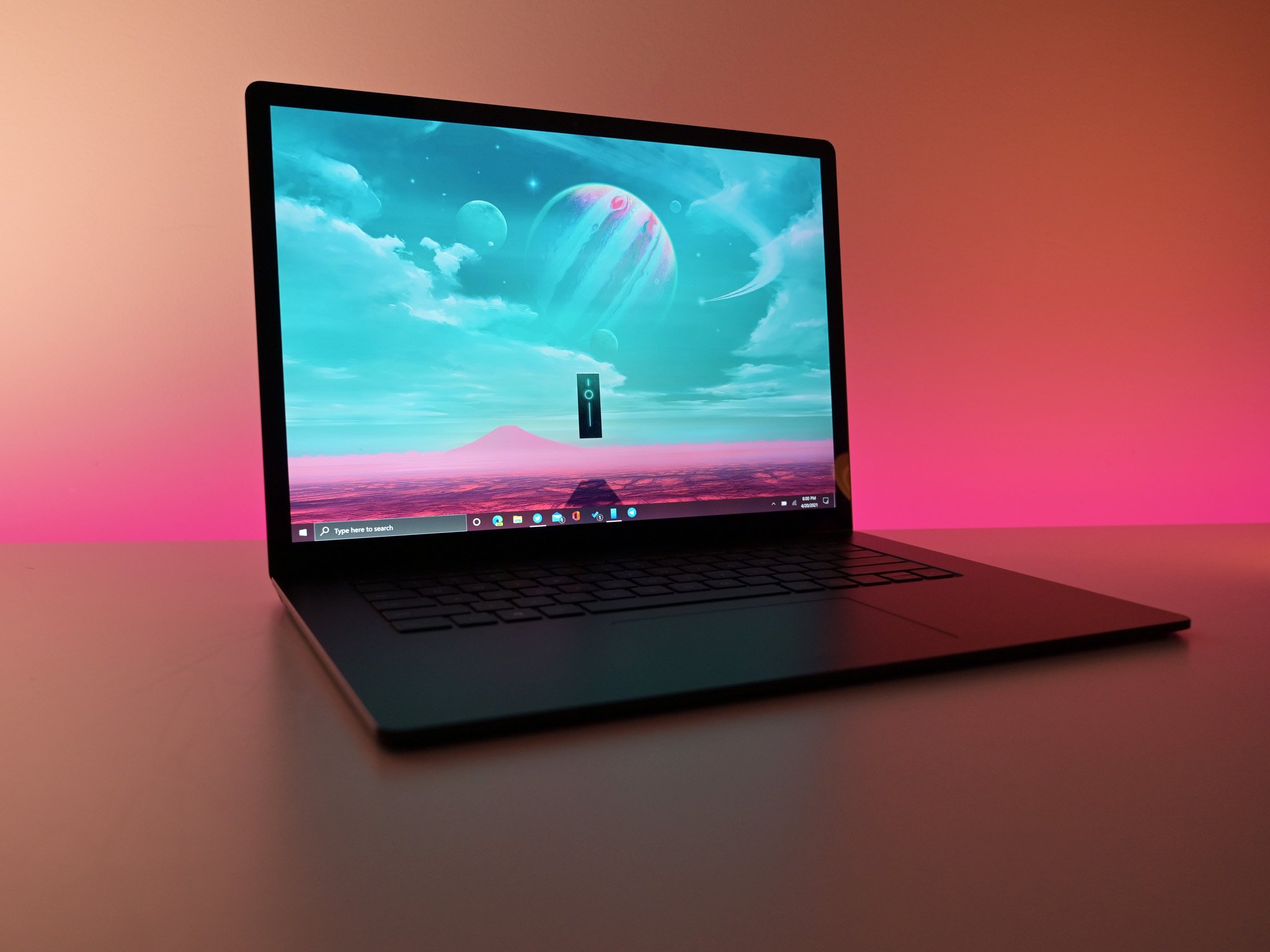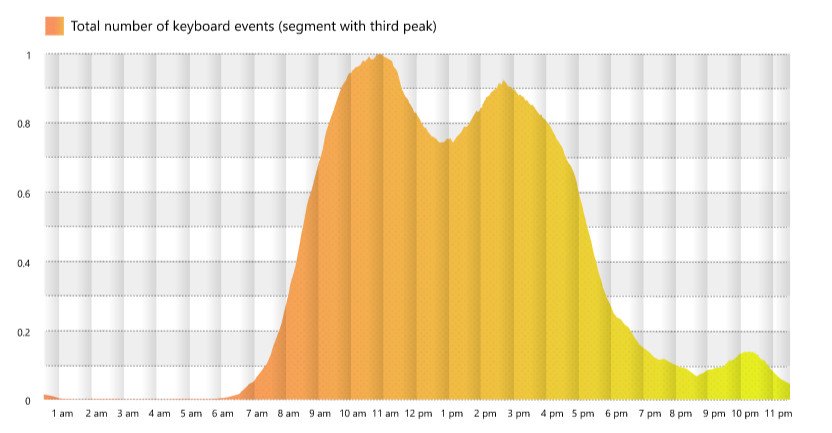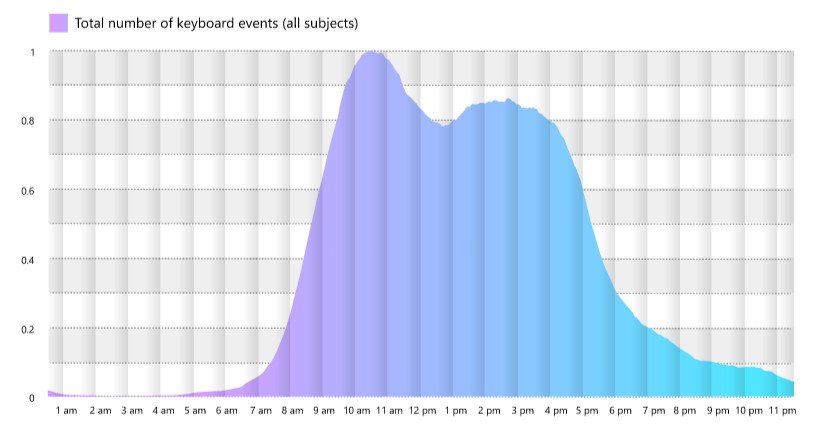Microsoft research suggests that the workday may never end for some employees
People are working later than ever, which has resulted in a third peak of daily productivity.

What you need to know
- Data shows that many employees are working later in the day, often as late as midnight.
- The uptick in late-night work is called a third peak of productivity by Microsoft.
- It's theorized that a combination of factors contributed to the shift in work habits, including people leaving their desks and returning later in the day and employees working more hours each week.
The ubiquity of hybrid work may be causing workers to burn the midnight oil. Microsoft's Work Trend Index shows that a third peak of productivity has formed in the late hours of the night. As people continue to work from home, it appears that they're more likely to sit back down at their desks to get things done in the evening.
Generally, employees have a peak in productivity before lunch and then get back to work again after their break. These periods are referred to as the first and second peaks of productivity. A chart based on information from Microsoft's Work Trend Index shows a smaller, but still significant, third peak around 10 PM.
While raw data is useful for looking at trends, especially at a large scale, it cannot determine the motivation for changed behavior. For example, people may work more at night because they have chosen to spread out their workday. Alternatively, employees may use the flexibility of remote work to spend more time with family during the day and then work at night. Of course, there's also a chance that being able to work from home has simply resulted in people doing more work.


"Having your kids at home, having no breaks to eat or exercise, we see that one of the ways to cope is to take a break, eat dinner, and then spend time in the evening actually getting things done," said Mary Czerwinski, research manager, human understanding and empathy, at Microsoft Research.
Even if people chopse to leave their desks and return, the ability to work late at night creates a complicated situation for employees and managers.
"This [third] peak is different from the other two peaks because it raises the question, 'Is this about flexibility, or is it about work encroaching on someone's personal hours?,'" asked principal researcher on productivity and intelligence at Microsoft Research and Microsoft Viva Insights Shamsi Iqbal.
Regardless of why people work during the third peak, Iqbal notes that it's important to make sure everyone is on the same page regarding working hours. "Right now you cannot assume that everyone on your team is going to be available during the 9-to-5 timeframe, or that others will want to collaborate when you're working outside regular business hours."
Get the Windows Central Newsletter
All the latest news, reviews, and guides for Windows and Xbox diehards.
"I think we need to reset the expectation and realize that most information, unless it's urgent, can wait for a reply," she added.
Iqbal also highlighted that Microsoft's apps and services, including Teams and Outlook, have features that allow people to delay when a message is sent. Those options allow people to send a message when they think of an idea without interrupting someone outside of normal working hours.
"You have to give everyone space to do it on their terms," said Czerwinski. "The key is, they can all be productive, but they have to do it in a way and at a time that's personalized."

Sean Endicott is a tech journalist at Windows Central, specializing in Windows, Microsoft software, AI, and PCs. He's covered major launches, from Windows 10 and 11 to the rise of AI tools like ChatGPT. Sean's journey began with the Lumia 740, leading to strong ties with app developers. Outside writing, he coaches American football, utilizing Microsoft services to manage his team. He studied broadcast journalism at Nottingham Trent University and is active on X @SeanEndicott_ and Threads @sean_endicott_.
